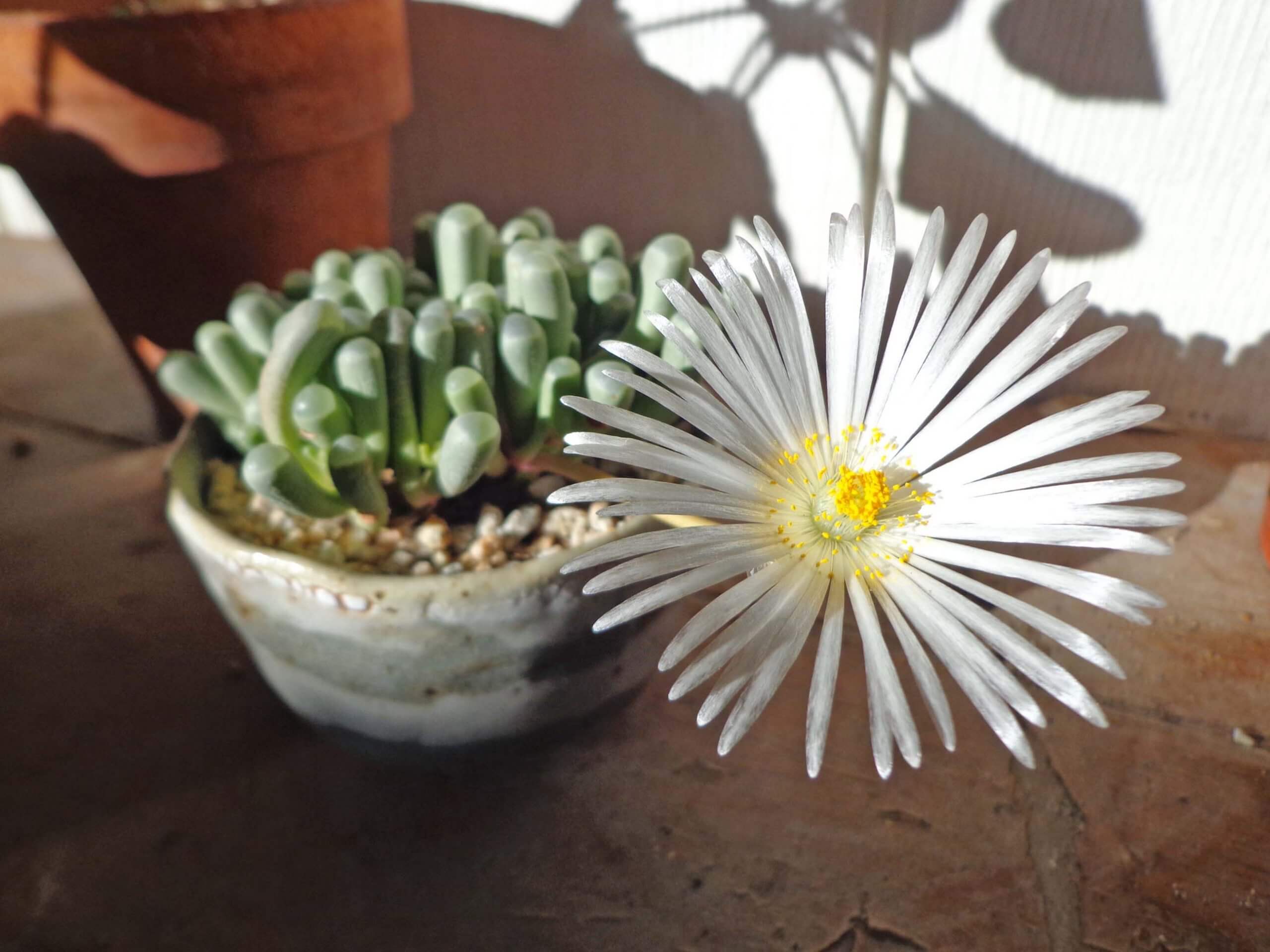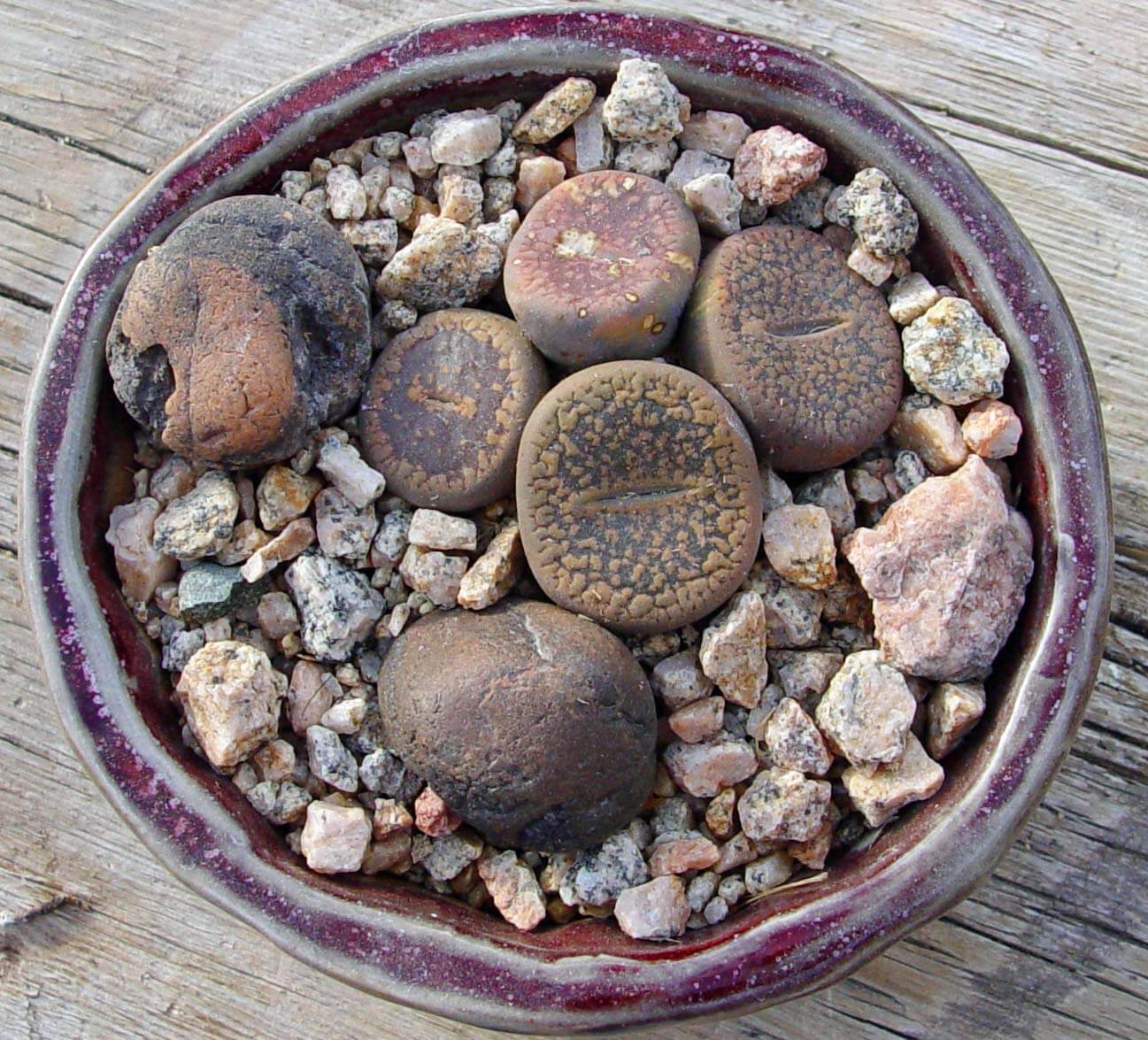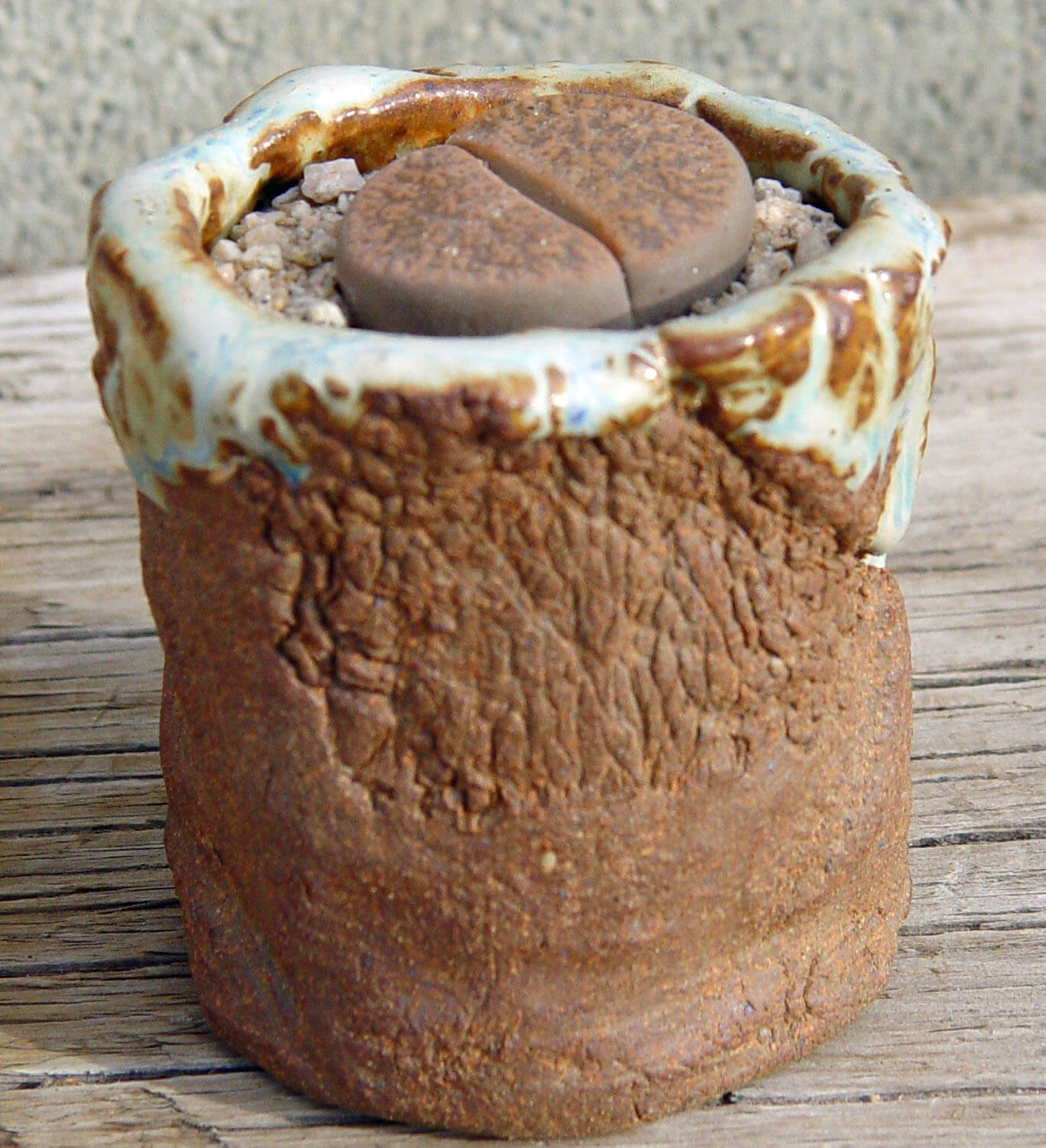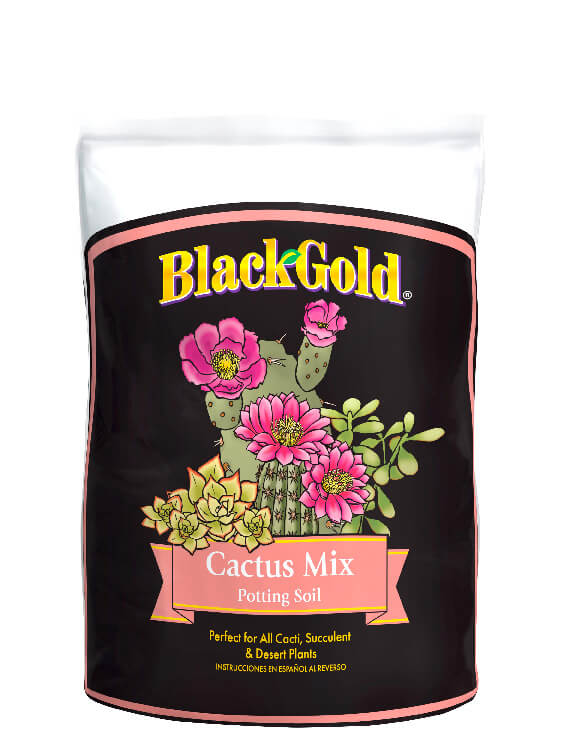
There are few growing experiences as disappointing as meltdown. When your favorite indoor cacti or succulents get soft for no reason at all, it’s downright frustrating. The phenomenon of succulent sudden meltdown is caused by an infection that enters the internal tissues and causes rot. Like tooth decay, rot works its way throughout the interior of the plant before you ever know it’s there. While a tooth eventually tells us through pain that there’s a problem, most gardeners never really know what killed their plant. Nine times out of ten it’s moisture related because gardeners tend to overwater and microbes plentiful in home growing conditions aren’t naturally as numerous in the arid environments where these plants originate. Succulents lack the needed defenses to ward off rot.

Some succulents are even more susceptible than others. Living stones such as lithops are notorious for sudden meltdown. They’re frustrating because these unique tiny succulents so darned interesting, yet they are so hard to grow.
Lithops and their ilk are called living-stones because they are stone-like in appearance. They evolved in the dry Namibian Desert where there’s a long dry season and lots of plant-eating wildlife. Succulents are most attractive to animals because they store lots of water, so they are predated upon to slake thirst. While other succulents have sharp armor to protect themselves from browsers, living stones survive through the art of camouflage.
Animals can’t pick these rock-like succulents out of a dry stony riverbed or desert floor. The gravel and sand habitat has very little fertility and almost no water-holding capacity. When the brief rainy season rolls around, these plants are fertilized by nitrogen-rich organic matter that has accumulated on the desert’s surface, but little remains in the sandy soil. Roots rapidly absorb what nutrition they need, then flower and finally hunker down for the rest of the year. Much of the time their roots lie desiccated on the highly porous ground, waiting for the moisture to return.

Now that you know where living stones like to grow in the wild, it’s easy to see why using washed gravel or white rock is so useful when potting them. Think of the needed soil conditions for these plants as a sandwich composed of three layers. First, apply a layer of gravel on the bottom of the pot to about a third of its overall depth. Place the living stone and its rootball on top of the gravel and surround it with it with Black Gold Cactus Mix potting soil. Try to keep Cactus Mix beneath the green part of the plant so there’s little direct contact between plant tissues and microbe-rich organic matter. Finally, use more gravel or sand for the top layer to nest the living stone in pebbles that match (white or natural), just as they grow in the wild.
This planting method can be used for most other cacti and succulents too, especially if you’ve had trouble in the past with rotting plants. A super porous approach makes it nearly impossible to overwater, particularly in the winter when plants aren’t growing.
 If you live in a humid climate or where there is summer rain, use this three layer sandwich with equal proportions to pot any sized cactus or succulent. This solves the primary problem that leads to meltdown: too much moisture and organic matter at the root zone. When you do apply water, it penetrates quickly and exits just as fast. That narrow layer in the center retains just enough for hydration, then the top and bottom layers allow enough air penetration to quickly dry things out again.
If you live in a humid climate or where there is summer rain, use this three layer sandwich with equal proportions to pot any sized cactus or succulent. This solves the primary problem that leads to meltdown: too much moisture and organic matter at the root zone. When you do apply water, it penetrates quickly and exits just as fast. That narrow layer in the center retains just enough for hydration, then the top and bottom layers allow enough air penetration to quickly dry things out again.

